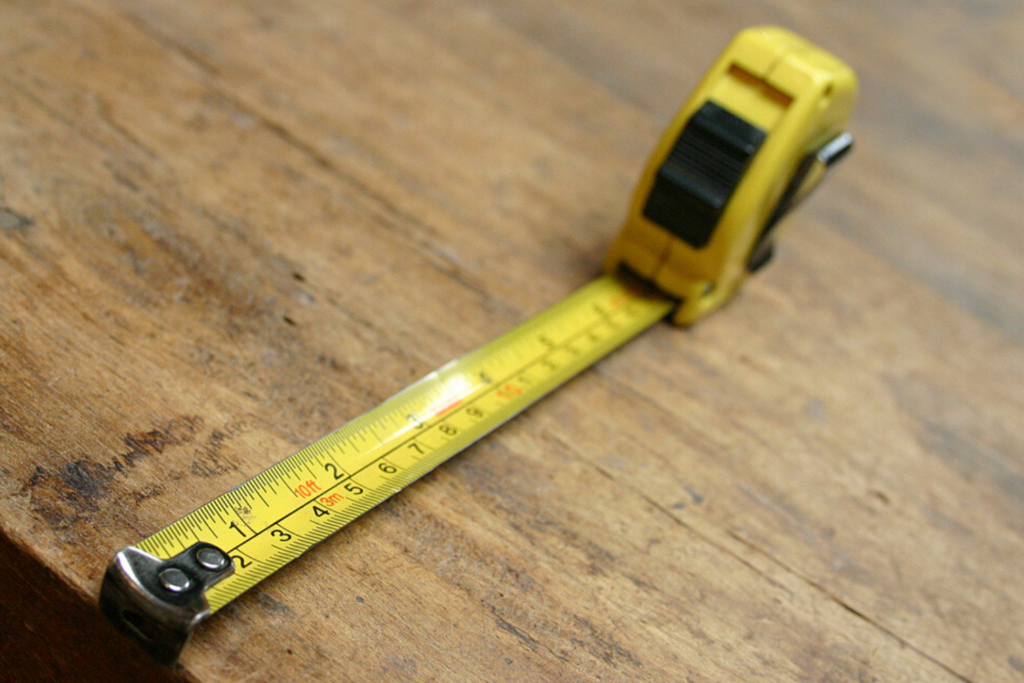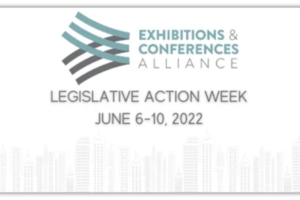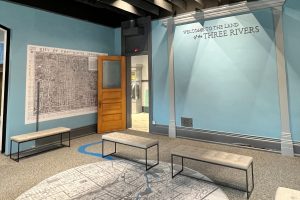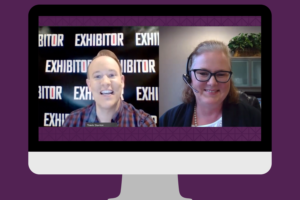Every successful project begins with a plan. It’s a roadmap to reach your destination, and a crucial component is making sure your project is completed correctly and on time. In the trade show industry, a timeline is the lifeline of a project. The show date is set in stone, and it is crucial that you arrive at that destination completely prepared.
Timelines are so important, in fact, that we talk about them often:
Trade Show Timeline: The Recipe for Success
Timelines and Teamwork: The ASME Story
4 Reasons your Trade Show Program Needs a Timeline
But lately things have changed for us in the trade show industry. Many shows have been postponed or canceled, while others have decided to go the virtual exhibit route. This time is all about adapting, pivoting, remaining fluid–whatever you want to call it.
It is in the spirit of adaptation and change that we approached our internal teams to talk about what our clients can and should be doing right now to help their Fall Schedule run smoothly. Change can be difficult, but it also has the power to transform. For a few weeks during the stay-at-home orders in Ohio and Illinois, we temporarily suspended production, but projects were still moving forward in the “front end” of the business. That means our designers are still working to bring our clients’ visions to life in a trade show space… estimators are still estimating, and detailers are still detailing. Without the extreme time crunch that is typical of a trade show timeline, now is the time to really think through design and experience to ensure it aligns with your goals.
Now is also a great time to leverage early sign-offs and discounts from partners, along with approving graphics so they are ready to be printed the moment production resumes. While you may not have loads of free time right now, you certainly have more desk and computer time than if you were on the road, traveling to shows.
We spoke with Dom Conti, Exhibit Concepts’ Director of Production, about what this time means for clients and how it can have a positive impact on their future event calendar.
“So often, we are crunched for time and important parts of the process can fall away,” said Dom. “But now is the perfect time to think long-term about your company’s goals and how they can be aligned inside of your trade show booth in every show, not just the next show.”
He also reiterated something ECI says often: to be clear is to be kind. It’s important to spend this time thinking about and even discussing what your expectations and goals are for your booth and making sure they are articulated to designers and production.
Being clear about what you want and how that relates to your goals is the clear path to success.
Another key point Dom reiterated was the crucial importance of previewing your booth before it’s set up on the trade show floor. In many cases, we have clients visit our facility to see the booth in person to really understand how it functions–a key part of bringing that vision to life well before the show starts.
While an in-person visit is not in the cards right now, it’s still possible to view the booth and understand the experience visually thanks to our team’s VR (virtual reality) and AR (augmented reality) capabilities.
We also spoke with Jerry Spangler, VP of Project Management, who oversees the estimating and detailing departments. He reiterated the crucial importance of time, the true benefit of working months in advance on a project. On average, it takes between 3 and 5 days to estimate a mid-size project, and even longer for a larger or new build project. While accuracy is never sacrificed, a full time frame for an estimate allows for the scheduling and balancing of internal resources. When afforded this time, detailed quotes can be gathered from suppliers which may reduce the overall cost of the exhibit.
Furthermore, the benefit of early planning can help align messaging for the show. An early quotation gives clients the ability to review costs, align their budget, and confirm details with their internal decision-making teams well in advance.
“One of the biggest complaints in the industry is overtime charges and rush fees, and while we may not be able to eliminate them for every project, we can do a better job of lessening their impact by early planning.” said Spangler. “The phrase ‘measure twice, cut once,’ comes to mind. While it’s used commonly in woodworking, it’s also very true that one should prepare and plan in a thorough way before moving forward on any project.”
Similar to estimating, being able to schedule work flow allows for better collaboration between client’s needs, the creative team’s vision, and production’s economizing techniques in detailing. Proper scheduling and workflow also helps with continuity of the CAD technician and his relationship with his drawings, meaning they do not have to start and stop as often.
Starting earlier on detailing will also enable clients to meet show organizer deadlines without last minute rushing, which can mean cost savings on the show floor. It allows clients increased discovery time, will resolve more last-minute changes, and helps avoid rush fees. For new build items, early detailing allows for the possibility to find a less expensive way to build it instead of rushing it out.
All of this to say, planning ahead is always a good idea, now more than ever.









